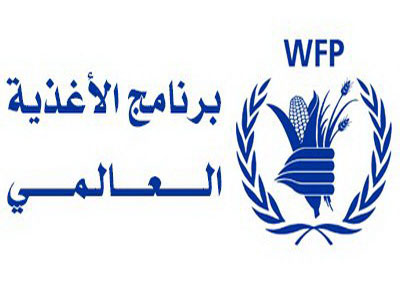Khartoum, June 16(Darfur24) 15 million people in Sudan – one-third of
the population – are currently facing acute food insecurity, the
Comprehensive Food Security and Vulnerability Assessment (CFSVA)
released by the United Nations World Food Programme (WFP) shows.
“The combined effects of conflict, climate shocks, economic and
political crises, rising costs and poor harvests are pushing millions
of people deeper into hunger and poverty,’ said Eddie Rowe, WFP’s
Representative and Country Director in Sudan.
“However, funding levels are not matching the humanitarian needs and
we must act now to avoid increasing hunger levels and to save the
lives of those already affected.”
The assessment projects that the already alarming food security
situation is likely to worsen throughout the lean season in Sudan,
which started this month and will last through September.
By that time, up to 40% of the population, or around 18 million
people, may slip into food insecurity, which WFP and the Food and
Agricultural Organisation of the United Nations (FAO) warned of
earlier this year.
“In the 2021/2022 harvest year, Sudan was able to produce 5.1 million
tons of cereal, enough to cover the needs of less than two thirds of
the population. If the ongoing agriculture season doesn’t receive
robust support with agricultural inputs and livestock services, the
number of food insecure people may dramatically increase to
unprecedented levels and ultimately lead to more conflict and
displacement,” said Babagana Ahmadu, FAO Representative in Sudan.
The combined effects of the economic and political crisis, conflict
and displacement, climate shocks, including droughts and floods, and a
poor harvest in the past agricultural season are among the key drivers
of food insecurity in Sudan.
To compound the situation, the conflict in Ukraine is further driving
up food and fuel prices in Sudan, which is dependent on food imports
with more than half of the country’s wheat imports stemming from the
Black Sea region.
The CFSVA assessment further shows that food insecurity exists in all
of Sudan’s 18 states and has worsened in 16 of the states. The ten
most affected localities are in the Darfurs, which have been ravaged
by nearly two decades of protracted conflict and displacement.
The most affected locality is in Kereneik, West Darfur, where renewed
clashes at the end of April claimed the lives of at least 179 people
and displaced around 125,000. Up to 90 percent of the population in
Kereneik is food insecure, the CFSVA analysis shows.
An earlier WFP and FAO assessment on agricultural production, released
last March, revealed that poor harvests in many parts of Sudan
negatively affected food availability and livelihood opportunities.
Building upon this, the newly released Comprehensive Food Security
Assessment confirms the worsening food security situation in Sudan.
To address the sharp rise in food insecurity, the Food and Agriculture
Organization of the United Nations (FAO) and the United Nations World
Food Programme (WFP) are calling for urgent action, including
increased funding, in order to save lives and prevent a looming hunger
crisis in Sudan.

